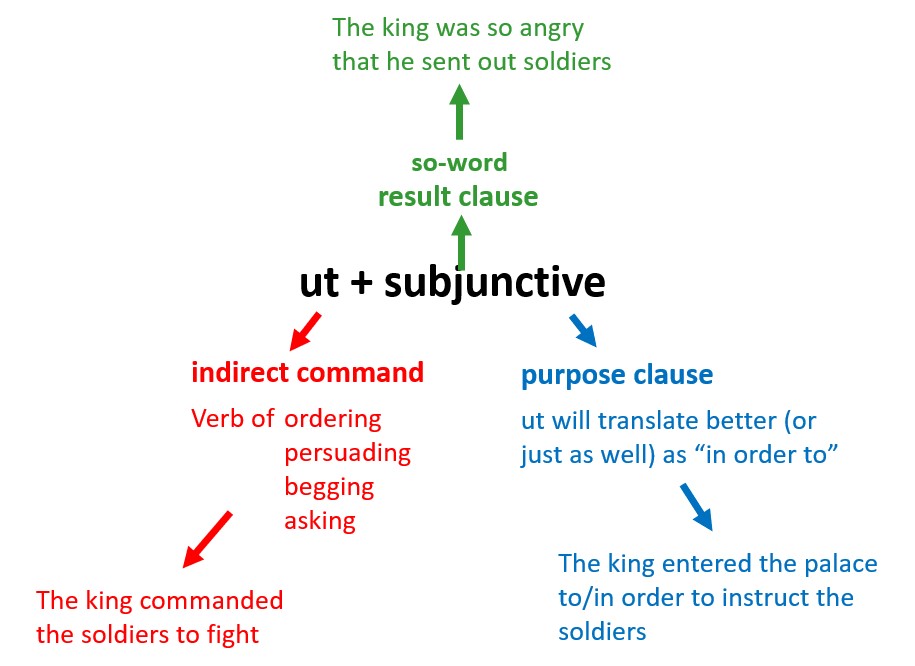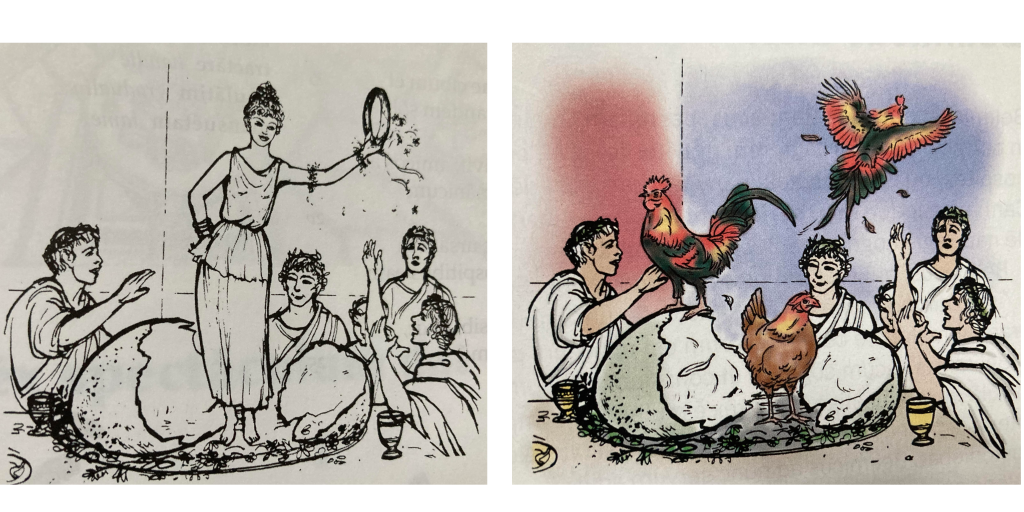We in education could learn a great deal from the aviation industry. In fact, most professions could learn a lot from the aviation industry. While so many other professions have a tendency towards a blame-culture and criticism, aviation is built on the principle of learning from its mistakes and implementing procedures to mitigate against them. It is also relentlessly focused on clarity of communcation: for lives literally depend on getting this right.
Last night, my husband and I watched one of a string of documentaries aired on the National Geographic channel, which follow accident investigations in aviation. The accident explored in this particular episode occured all the way back in 1989 and involved a Boeing 707 on an American charter flight from Italy to the Dominican Republic. The flight was making a scheduled stop on the Portugese island of Santa Maria, where it was due to be refuelled. As a result of a series of minor but significant oversights in procedure made both by the flight crew and by the Air Traffic Controller, Flight 1851 came in too low and struck a mountain range, killing everyone on board.
One of the most important things about the way in which investigations are conducted in aviation is that the culture focuses not on finger-pointing but on identifying the factors which led to an accident, so that the findings can be shared within the industry and lessons truly learned. The investigators may make recommendations which lead to a tightening of regulations around pilots’ working hours, a change in how pilots are trained, an adjustment to the design of an aircraft and/or its instruments, a tweak in recommended flight procedures, or all of the above. The approach is a model in how to react under extreme pressure: it does not seek to apportion blame, it aims rather to improve safety for the future, for the benefit of everyone. The pilots who do make errors (and who pay the ultimate price for them) are treated with infinite respect and the investigators do not simply stop at putting things down to “pilot error” and then washing their hands of the incident – they go on to explore why the pilots may have made a particular error, with the ultimate aim of reducing the risk of similar errors occuring again in the future. Were they overtired? Was the information they were receiving unclear or counter-intuitive? Was their training insufficient in this area? Above all, how could we have prevented them from making this mistake? I find this approach genuinely inspiring and I wish other fields would learn from it.
One of the key findings of this particular investigation was that there was a crucial miscommunication between the Air Traffic Controller and the flight crew. The ATC instructed the crew that they were “cleared to three thousand feet” (in other words, that their initial approach should not go below three thousand feet). For several reasons, the First Officer ended up mishearing the instruction as “cleared two thousand feet” and the aircraft was set to the incorrect height. My husband (a trained pilot, as it happens) informs me that this would be less likely to occur now because the advised vocalisations for this particular information have been revised, in an attempt to prevent such misunderstandings; the instruction would now be “you are cleared to altitude three thousand feet” – the word “altitude” must be used immediately before the given height in order to avoid any confusion between words and numbers, an error which in the case of Flight 1851 led to devastating consequences.
While the documentary explored numerous other reasons why the crash ultimately occured and indeed made it clear that the Captain of the flight crew undeniably missed several opportunities to prevent the disaster from happening, the underlying cause of the crash was quite simple – the aircraft came in too low. The miscommunication between the ATC and the flight crew, which was not corrected when it could and should have been, set the aircraft on a collision course with the mountainous terrain towards which it was headed.
Now I for one am jolly glad to be working in a field in which my mistakes are unlikely to cause multiple fatalities and even less likely to be the subject of a documentary on National Geographic some 35 years later. Yet this minor slip which led to such devastating consequences for the flight and its passengers did remind me of a misapprehension which I discovered in a tutee this year. On Flight 1851, the First Officer mistook a word for a number – quite simply, he heard “cleared to” as “cleared two”. Similarly, I realised this year that one of my tutees was convinced that the dative case had something to do with numbers. After a couple of minutes of discussing this with him and trying to explore what was going on, I suddenly realised what had happened: his teacher had (quite rightly) taught his class that the dative case was to be translated as “to” or “for”. My tutee, however, had heard “two” or “four”. He heard numbers instead of words. And he had been royally confused ever since.
Whilst teachers are not making minute-by-minute decisions on which hundreds of lives depend, instead they are laying the foundations for a child’s understanding in their subject. Whilst this is not life-threatening (happily, I can’t think of a single occasion on which a misunderstanding of the dative case has led to multiple fatalities), it is nevertheless important in our line of work, assuming we care about what we do. This particular child’s misunderstanding underlined for me the importance of dual coding, which means using a visual representation of what you are saying as well as a verbalisation: quite simply, if the teacher in question had merely written the words “to” and “for” on the board as they spoke, they would have avoided the misconception that was absorbed and internalised by this particular child.
On one sunny day, during which I took the photograph below, I was very privileged to join my husband on a flight during his training and listen to the impeccably high standard of teaching that he received from his instructor. My advice to all teachers if they want to observe a model in verbal clarity is to take every opportunity that they can to go and listen to people who teach a practical skill. Go and watch a PE teacher setting up a game; watch a science teacher preparing students for an experiment; take a refresher course from a driving instructor; tune in to your coach at the gym. Above all, in your own teaching, remember that every word you use must be carefully thought through and – in an ideal world – that you should take a note of every misconception which does occur and seek to mitigate against it next time by improving your verbal explanation. While I am happy and relieved to say that a child’s life will not depend on your words, their success in your subject absolutely does.








